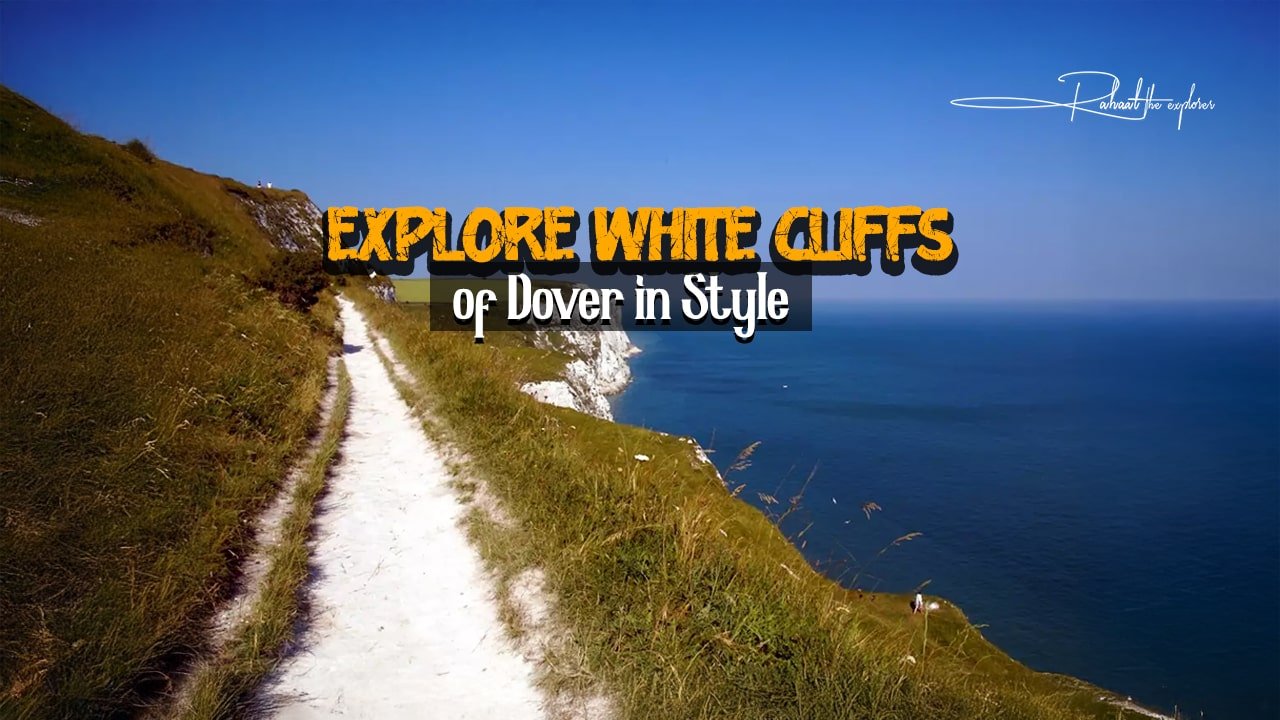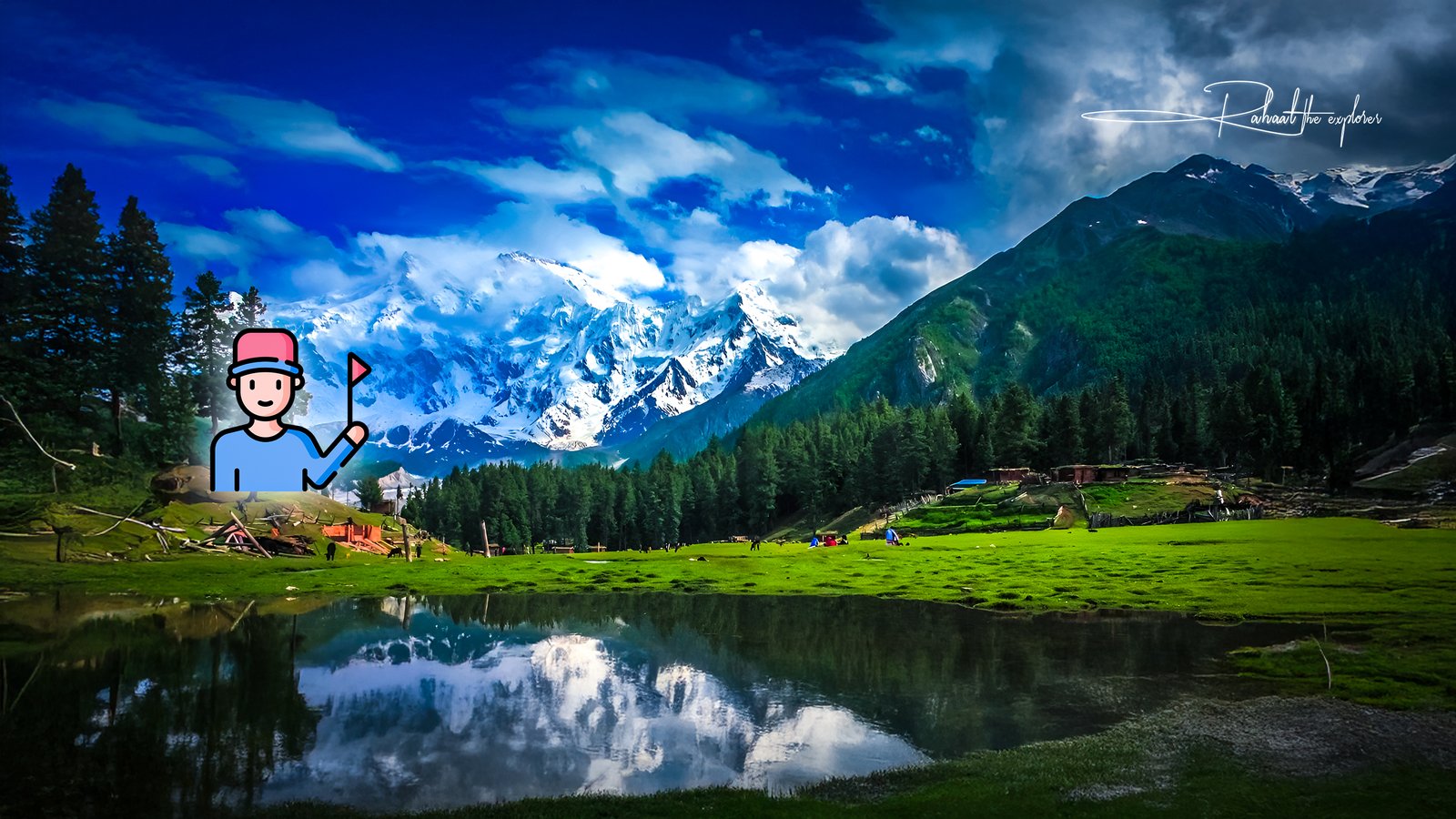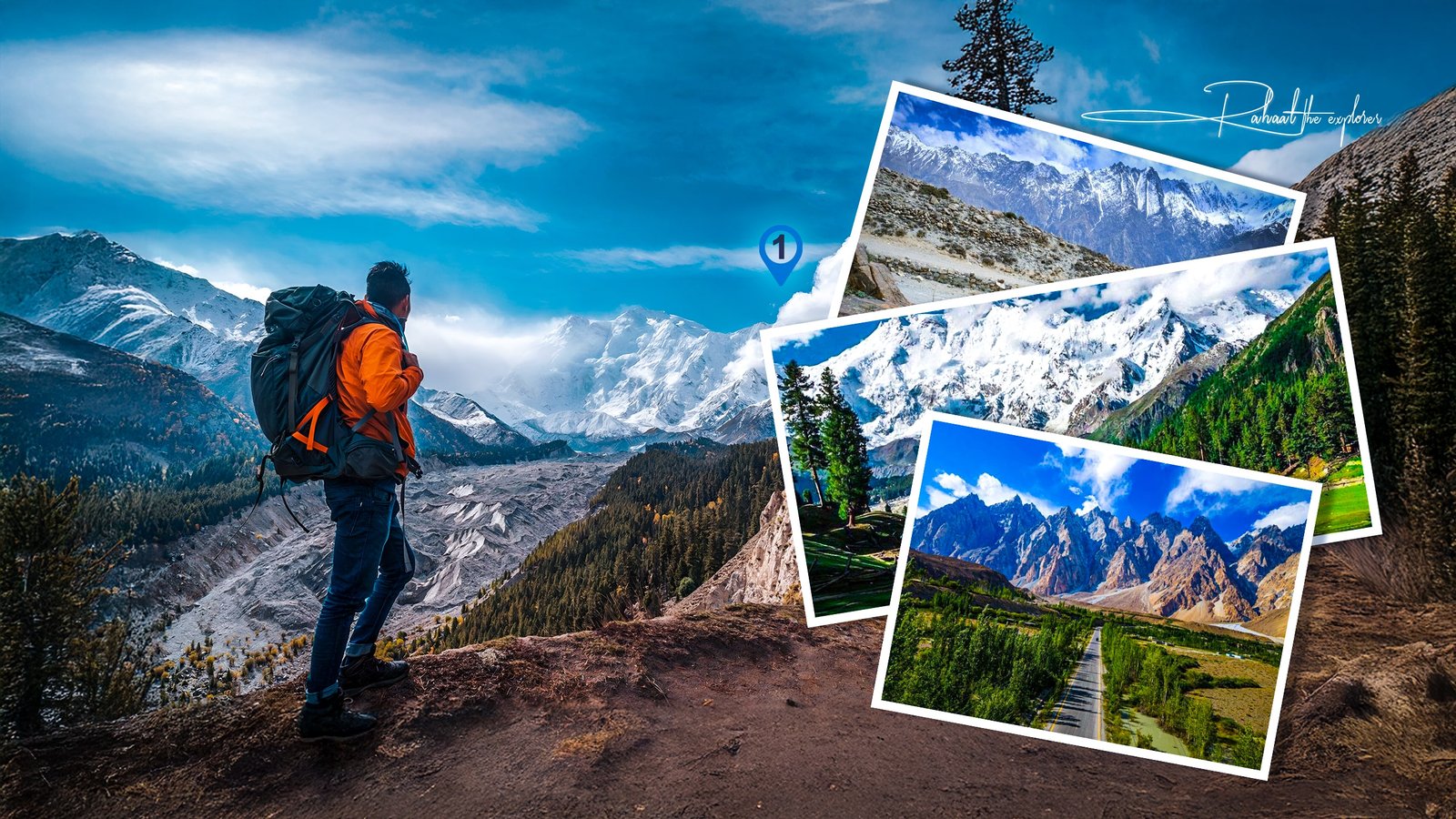Introduction
Few places in the world capture the essence of England’s natural beauty and history quite like the White Cliffs of Dover. Towering majestically over the English Channel, these dazzling chalk cliffs have become a symbol of British resilience, beauty, and pride. From their glistening white façade to the sweeping sea views, the White Cliffs are not just a geological marvel—they are a destination that defines the spirit of exploration.
Whether you’re a history lover, nature enthusiast, or photographer searching for your next great shot, the White Cliffs of Dover offer a stunning blend of scenery, heritage, and serenity. In this complete travel guide, we’ll explore how to experience this national treasure in style, with tips on where to go, what to see, and how to make the most of your journey.
The Story Behind the White Cliffs of Dover
The White Cliffs of Dover are more than a natural wonder; they are steeped in history. Formed over 70 million years ago during the Cretaceous period, these cliffs are composed mainly of chalk—a soft, white limestone made from microscopic marine organisms. Their radiant color, visible for miles across the sea, has long served as a symbol of homecoming for travelers entering England by sea.
Located along England’s southeastern coast in Kent, the cliffs rise up to 350 feet (110 meters) and stretch for over 8 miles (13 kilometers). Facing continental Europe, they’ve played a pivotal role in the country’s history—from being a line of defense during wartime to inspiring poets and musicians throughout centuries.
Why the White Cliffs of Dover Are So Famous
The cliffs are world-renowned not only for their natural beauty but also for their emotional and historical significance. During both World Wars, they symbolized safety and hope for soldiers returning home. Vera Lynn’s 1942 wartime song “(There’ll Be Bluebirds Over) The White Cliffs of Dover” further immortalized them as a national icon.
Today, the cliffs remain one of the most visited natural landmarks in England, attracting hikers, photographers, and travelers eager to witness one of Britain’s most breathtaking coastal sights.
How to Get to the White Cliffs of Dover
By Train
From London St. Pancras International, high-speed trains take you directly to Dover Priory Station in just over 1 hour. From there, it’s a 30-minute walk or short taxi ride to the main visitor center.
By Car
Driving from London takes about 2 hours via the M20 motorway. There’s paid parking available at the National Trust Visitor Centre, which also serves as the starting point for most walking trails.
By Ferry
For those arriving from France, the cliffs make an unforgettable first impression as your ferry approaches Dover Port—a truly cinematic entrance to the United Kingdom.
Best Time to Visit the White Cliffs of Dover
The cliffs are accessible year-round, but the best time to visit is from May to September, when the weather is mild and visibility is high.
- Spring (April–June): Ideal for wildflowers and birdwatching.
- Summer (July–September): Best for photography and long coastal walks.
- Autumn (October): Fewer crowds, but unpredictable weather.
- Winter (November–February): The cliffs are peaceful but can be windy and cold.
For photographers, sunrise and sunset offer spectacular lighting conditions that highlight the cliffs’ brilliant white glow against the deep blue sea.
Exploring the White Cliffs: What to See and Do
There’s much more to the White Cliffs of Dover than simply gazing at their beauty. Here are the top attractions and experiences you should include in your itinerary.
1. Walk the White Cliffs Trail
The White Cliffs of Dover Walking Trail is managed by the National Trust and offers breathtaking views of the English Channel and the French coast on clear days.
- Distance: 4 miles (6.4 km) round trip
- Duration: Around 2–3 hours
- Starting Point: National Trust Visitor Centre
- Highlights: Views of the English Channel, rare wildflowers, seabirds, and chalk grassland
This easy-to-moderate trail is perfect for all fitness levels and includes scenic picnic spots where you can relax while admiring the coastal panorama.
2. Visit South Foreland Lighthouse
Located about two miles along the cliff path, the South Foreland Lighthouse is a Victorian-era landmark operated by the National Trust. It was the first lighthouse in the world powered by electricity, and today it offers guided tours that provide fascinating insights into maritime history.
From the top, you’ll be rewarded with panoramic views of both the English and French coastlines. There’s also a quaint tea room nearby—perfect for enjoying scones and tea with a sea breeze.
3. Discover Dover Castle
Standing guard over the cliffs is Dover Castle, one of England’s most iconic fortresses. Built in the 11th century and expanded over time, it has played a major role in Britain’s defense, from medieval wars to World War II.
Inside, explore underground tunnels, war rooms, and exhibitions that bring centuries of history to life. The view of the cliffs from the castle walls is nothing short of spectacular.
4. The Fan Bay Deep Shelter
Hidden beneath the cliffs is the Fan Bay Deep Shelter, a network of tunnels built during World War II as a shelter and artillery command post. Rediscovered and restored by the National Trust, these tunnels now serve as a guided tour experience offering a glimpse into wartime life.
You’ll walk through echoing corridors carved into chalk and learn how soldiers once protected England’s southern coast.
5. The Samphire Hoe Nature Reserve
Located at the base of the cliffs, Samphire Hoe is a unique coastal park created from material excavated during the Channel Tunnel’s construction. It’s home to over 200 plant species and a variety of birds, making it an excellent spot for nature enthusiasts and photographers.
Where to Stay Near the White Cliffs of Dover
Whether you’re seeking luxury or cozy comfort, Dover offers a range of accommodations to suit your travel style.
Luxury Stay
- The Marquis at Alkham – A boutique countryside hotel offering elegant rooms and gourmet dining just minutes from the cliffs.
Mid-Range Option
- Best Western Plus Dover Marina Hotel & Spa – Overlooking the seafront, with comfortable rooms and a spa to relax after a long hike.
Budget Choice
- Hostel Alma & Cafe Express – A great option for solo travelers and backpackers, located near Dover Priory Station.
For a truly unique experience, consider staying at a charming countryside cottage in Kent’s surrounding villages.
Dining and Local Cuisine
After exploring the cliffs, treat yourself to some of the best coastal cuisine in Dover.
- The White Cliffs Café – Located near the Visitor Centre, this café offers fresh local dishes, coffee, and homemade cakes.
- The Coastguard Pub – England’s closest pub to France, offering seafood and stunning sea views.
- Cullins Yard – A harbor-side restaurant serving seafood and British classics in a maritime-themed setting.
Don’t miss trying local specialties like fish and chips, Kentish ale, and Dover sole, one of the region’s culinary treasures.
Travel Tips for Visiting the White Cliffs of Dover
- Wear comfortable shoes. The trails can be uneven, so hiking boots or sturdy sneakers are recommended.
- Bring a windbreaker. Even on sunny days, the coastal wind can be strong.
- Stay on marked paths. The cliffs’ edges can be unstable due to erosion.
- Check the weather. Visibility changes quickly along the coast, so plan hikes accordingly.
- Visit early. To avoid crowds and catch the best light for photography, arrive in the morning.
The Science Behind the White Cliffs
The cliffs’ striking white appearance comes from calcium carbonate, the main mineral in chalk. Over millions of years, marine plankton accumulated on the seabed, compacting into thick layers of chalk. Tectonic activity eventually lifted these layers above sea level, forming the cliffs we see today.
Erosion continues to shape the cliffs, creating new formations while others collapse into the sea. Scientists estimate that the cliffs erode by one to two centimeters each year, reminding visitors of nature’s ever-changing power.
Nearby Attractions
If you have extra time, explore other beautiful destinations near the White Cliffs of Dover.
- Deal Castle: A beautifully preserved Tudor fortress just 20 minutes away.
- St. Margaret’s Bay: A peaceful cove ideal for beach walks and swimming.
- Canterbury Cathedral: A UNESCO World Heritage Site and masterpiece of Gothic architecture, only 30 minutes from Dover.
- The Dover Museum: Discover local history, including Bronze Age artifacts and the world’s oldest known seagoing boat.
Responsible Tourism
When visiting the White Cliffs of Dover, it’s essential to respect the natural environment.
- Carry reusable bottles and avoid plastic waste.
- Keep to designated trails to prevent erosion.
- Support local businesses and National Trust initiatives.
- Avoid loud music or drones that disturb wildlife.
By traveling responsibly, you help preserve this iconic landscape for future generations.
Frequently Asked Questions (FAQs)
1. Where are the White Cliffs of Dover located?
The White Cliffs of Dover are located in Kent, southeastern England, overlooking the English Channel.
2. Can you walk along the White Cliffs of Dover?
Yes. The National Trust Walking Trail allows visitors to hike along the cliff edge safely, offering panoramic sea views.
3. How tall are the White Cliffs of Dover?
The cliffs reach up to 350 feet (110 meters) at their highest point.
4. How long does it take to walk the White Cliffs of Dover?
The round trip from the Visitor Centre to South Foreland Lighthouse takes about 2–3 hours.
5. Is there an entrance fee?
Access to the cliffs is free, but parking fees apply at the National Trust Visitor Centre.
6. Can you see France from the White Cliffs?
Yes. On clear days, you can see the French coastline—just 21 miles (34 kilometers) away.
7. Are the cliffs safe?
Yes, if you stay on marked trails. Some sections are prone to erosion, so avoid going near the edge.
8. What is the best time of year to visit?
The best months are May to September, offering mild weather and clear views.
9. Are dogs allowed?
Yes. The White Cliffs of Dover are dog-friendly, provided pets are kept on a leash.
10. How do I get to the White Cliffs of Dover from London?
You can reach Dover by train from St. Pancras International in about 1 hour, or by car via the M20 in around 2 hours.
Conclusion
Exploring the White Cliffs of Dover is more than just a day trip—it’s a journey into England’s geological past, cultural heritage, and natural splendor. From the historic Dover Castle to the peaceful cliff walks, every corner of this destination tells a story of endurance and beauty.
Whether you’re visiting for history, photography, or pure tranquility, the White Cliffs offer an experience that’s as timeless as it is breathtaking. Plan your visit thoughtfully, travel responsibly, and let the cliffs remind you of nature’s quiet grandeur—standing tall and white against the horizon, a true symbol of the spirit of exploration.



















